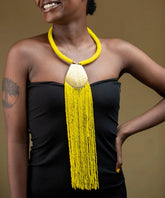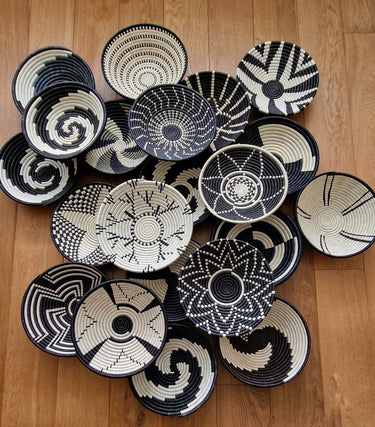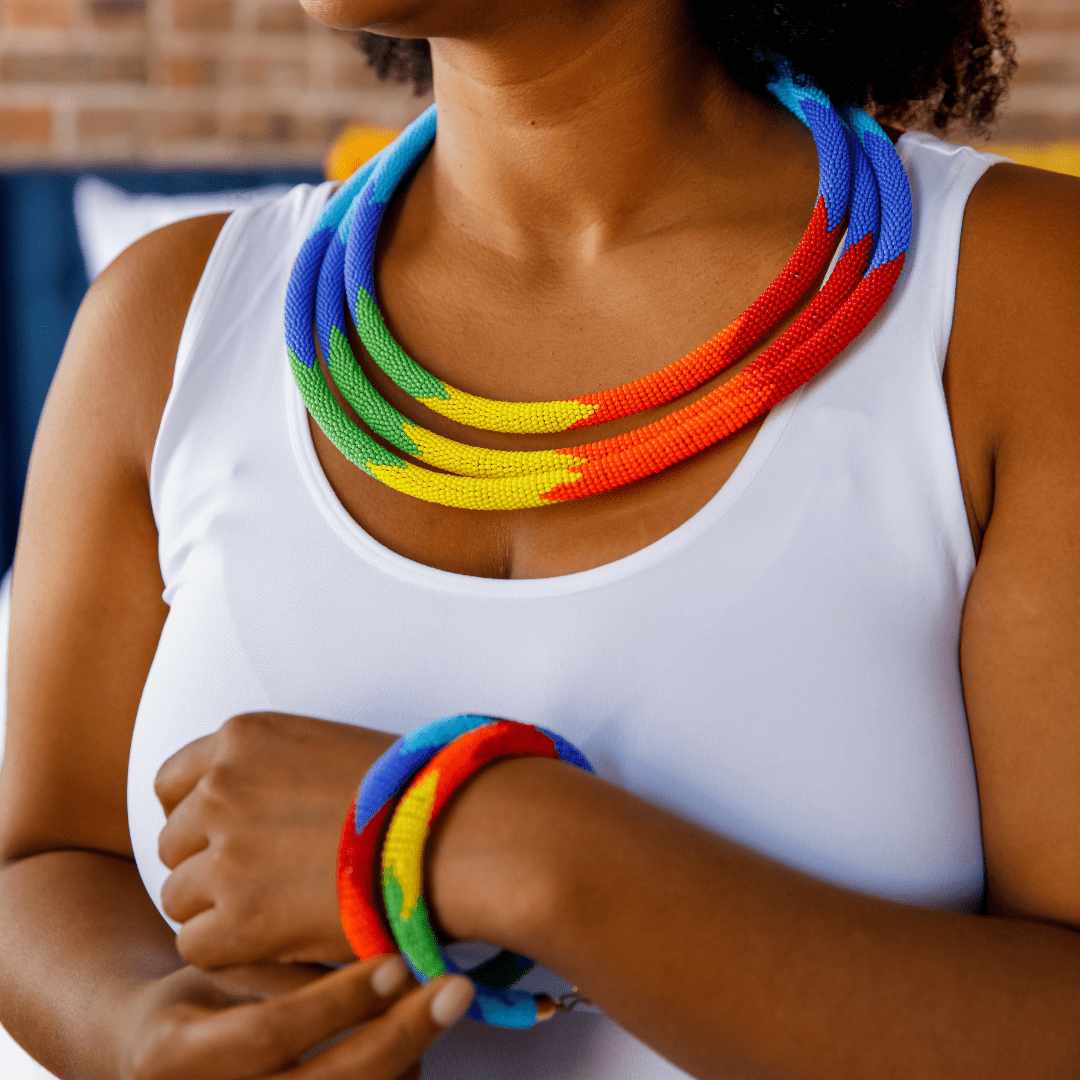What Are the Maasai Known for Wearing? A Guide to Their Iconic Attire
The Maasai people of Kenya and Tanzania are among Africa’s most recognizable ethnic groups, thanks in large part to their vibrant, distinctive clothing and adornments. Their attire is deeply tied to culture, age, social status, and tradition.
In this blog, we explore:
✅ The signature garments and accessories of the Maasai
✅ The meanings behind their colors and designs
✅ How clothing reflects age and status
✅ Modern adaptations of traditional Maasai fashion
1. The Maasai’s Most Iconic Clothing
A. The Shuka (Traditional Blanket)
-
What it is: A brightly colored, checkered cloth wrapped around the body.
-
Colors: Predominantly red, but also blue, black, and striped patterns.
-
Why red? Symbolizes bravery, strength, and protection against wild animals.
-
Modern use: Also worn as a cloak, dress, or even a baby carrier.
B. Leather Sandals (Engolola)
-
Made from: Cowhide or recycled tires.
-
Design: Simple, durable, and suited for the Maasai’s semi-nomadic lifestyle.
2. The Maasai’s Famous Beadwork
The Maasai are renowned for their intricate, colorful bead jewelry, which holds deep cultural meaning.
A. Necklaces (Enkarewa)
-
Worn by: Women and warriors.
-
Significance:
-
Unmarried girls wear light, multicolored strands.
-
Married women wear wide, layered collars (Nborro).
-
B. Earrings & Headbands
-
Men: Stretch their earlobes and wear beaded earrings as a sign of status.
-
Women: Adorn their heads with beaded bands or metal coils.
C. Anklets & Arm Cuffs
-
Symbolism: Indicate age group and marital status.
-
Warriors (Morans): Wear beaded leg wraps after circumcision.
3. The Meaning Behind Maasai Colors
Each color in Maasai beadwork and clothing represents something sacred:
| Color | Meaning |
|---|---|
| 🔴 Red | Bravery, unity, and the blood of the cow (a sacred animal) |
| ⚪ White | Purity, peace, and milk (a staple food) |
| ⚫ Black | The people, resilience, and life’s struggles |
| 🔵 Blue | Energy, the sky, and God’s blessings |
| 🟢 Green | Health, land, and prosperity |
4. How Clothing Reflects Age & Social Status
For Maasai Men:
-
Boys: Wear simple shukas and minimal beadwork.
-
Warriors (Morans): Dress in black shukas and bold red beadwork after circumcision.
-
Elders: Switch to darker, more subdued colors to signify wisdom.
For Maasai Women:
-
Unmarried girls: Wear bright, lightweight beadwork.
-
Engaged women: Add blue and white beads (symbolizing fidelity).
-
Married women: Wear heavy, elaborate jewelry and long leather skirts.
5. Modern Maasai Fashion: Tradition Meets Global Trends
While still deeply traditional, Maasai attire has influenced global fashion:
-
Designer collaborations (Louis Vuitton, Vivienne Westwood)
-
Fair Trade fashion brands (Soko Kenya, Maasai Treads)
-
Eco-friendly adaptations (recycled materials, sustainable dyes)
Ethical Tip: Support Maasai artisans by buying directly from cooperatives.
Conclusion: More Than Just Clothing
For the Maasai, what they wear is a badge of identity, a marker of status, and a celebration of heritage. Their iconic style continues to inspire while staying rooted in tradition.
Want to own authentic Maasai pieces? Check out our website and collections.




